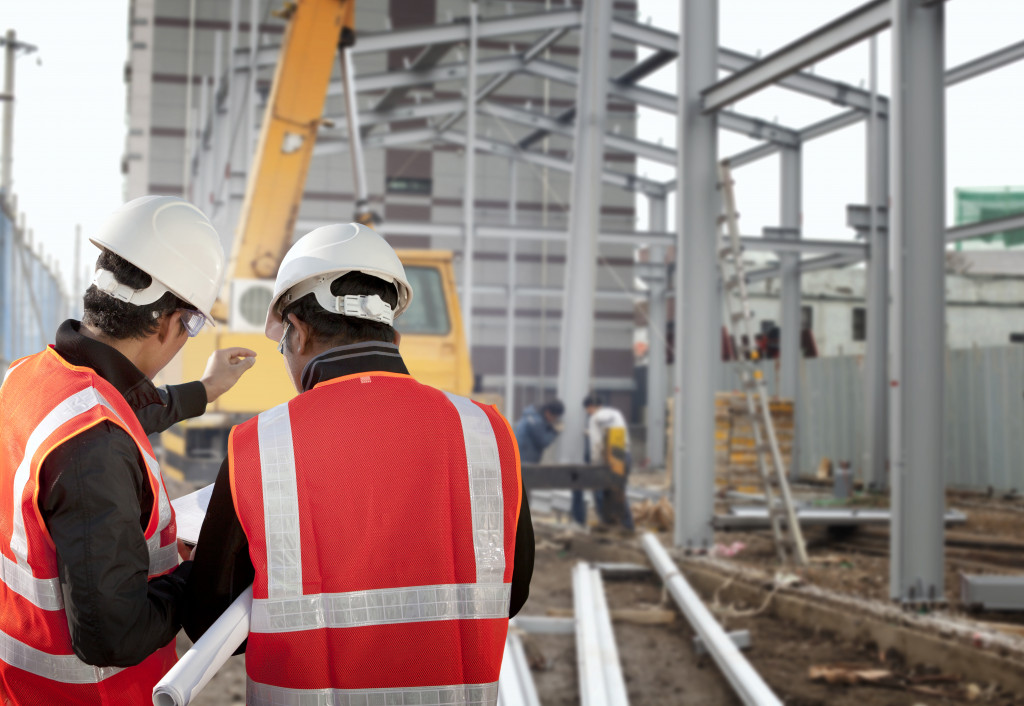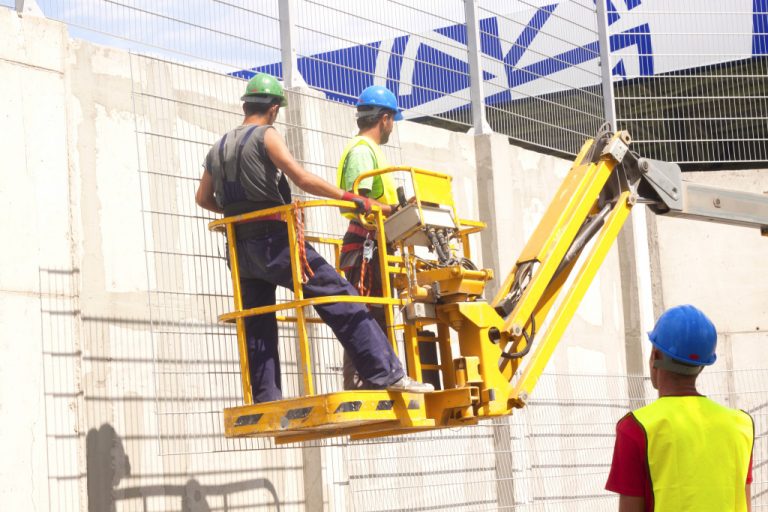Soil stabilization is the process of preventing or reducing soil erosion and instability. During construction, the soil is often disturbed, leading to erosion and other problems. By using soil stabilization techniques, contractors can help prevent these issues. This blog post provides ten tips for contractors to follow when using soil stabilization techniques. But first, let’s look at how soil erosion can occur during construction.
How Does Soil Erosion Occur During Construction?
Construction activities can disturb the natural vegetation and surface of the soil. This disturbance exposes the bare soil to erosion by water and wind. The construction equipment can also compact the soil, making it more susceptible to erosion. If the construction site is located on a slope, this can increase the risk of soil erosion. To prevent or reduce these problems, contractors can use soil stabilization techniques.
What Is Soil Stabilization?
Soil stabilization is the process of preventing or reducing soil erosion and instability. Many techniques can be used, and the best method will depend on the specific construction site. Some standard methods include:
Plant Vegetation
Planting vegetation is a common soil stabilization method. By adding plants to the construction site, you can help hold the soil in place and reduce erosion. This technique is often used in conjunction with other methods.
Add Mulch
With this technique, a layer of mulch is added to the construction site. Mulch can be made from organic materials, such as leaves and wood chips. It can also be made from inorganic materials, such as gravel or plastic. The mulch will help hold the soil in place and reduce erosion.
Hydroseeding
Hydroseeding is the process of adding seed, mulch, and fertilizer to the construction site using water. This method can be used to cover a large area quickly. It’s also effective in steep or hard-to-reach areas. You should consider hiring professional to get the best results.
Build Berms
Berms are small walls that are built on the construction site. They can be made from a variety of materials, such as soil, rock, or wood. Berms can help direct water flow and reduce erosion.
Install Erosion Control Matting
Erosion control matting is a type of material that’s placed on the construction site. It’s often made from straw, wood, or plastic. The matting will help hold the soil in place and reduce erosion.

Tips for Contractors to Follow
Now that we’ve looked at how soil erosion can occur during construction and what soil stabilization is, let’s look at ten tips for contractors to follow when using soil stabilization techniques.
1. Use the Right Equipment
Depending on the size and scope of your project, you’ll need to use different types of equipment. For example, if you’re working on a small residential construction site, you might be able to get away with using a hand tiller. However, you’ll need to use heavy equipment like excavators and bulldozers for larger projects.
2. Prepare the Site
Before you start working on stabilizing the soil, you need to prepare the site. This includes clearing away any debris, grading the land, and compacting the soil. This will help ensure that the soil stabilization techniques are more effective.
3. Choose the Right Soil Stabilization Technique
There are a variety of soil stabilization techniques that you can use, so it’s essential to choose the right one for your project. The best method will depend on the specific site conditions. For example, if the construction site is located on a slope, you might need to use a different technique than if the site is flat.
4. Use the Right Materials
The type of materials you use will also play a role in the success of the soil stabilization technique. For example, if you’re using vegetation to stabilize the soil, you need to ensure that the plants are appropriate for the location. You also need to use mulch that’s made from materials that will decompose quickly.
5. Monitor the Site
Once the soil stabilization technique has been installed, it’s important to monitor the site to ensure that it’s working properly. This includes checking for signs of erosion and ensuring that the stabilizing material is still in place. If you notice any problems, you need to make the necessary adjustments.
Soil stabilization is the process of preventing or minimizing soil erosion and degradation. Contractors need to follow these ten tips when stabilizing soil to avoid damage during and after construction. Failing to do so could lead to serious environmental consequences! Soil stabilization is a necessary step in the construction process, and following these tips will help ensure that it’s done properly.




